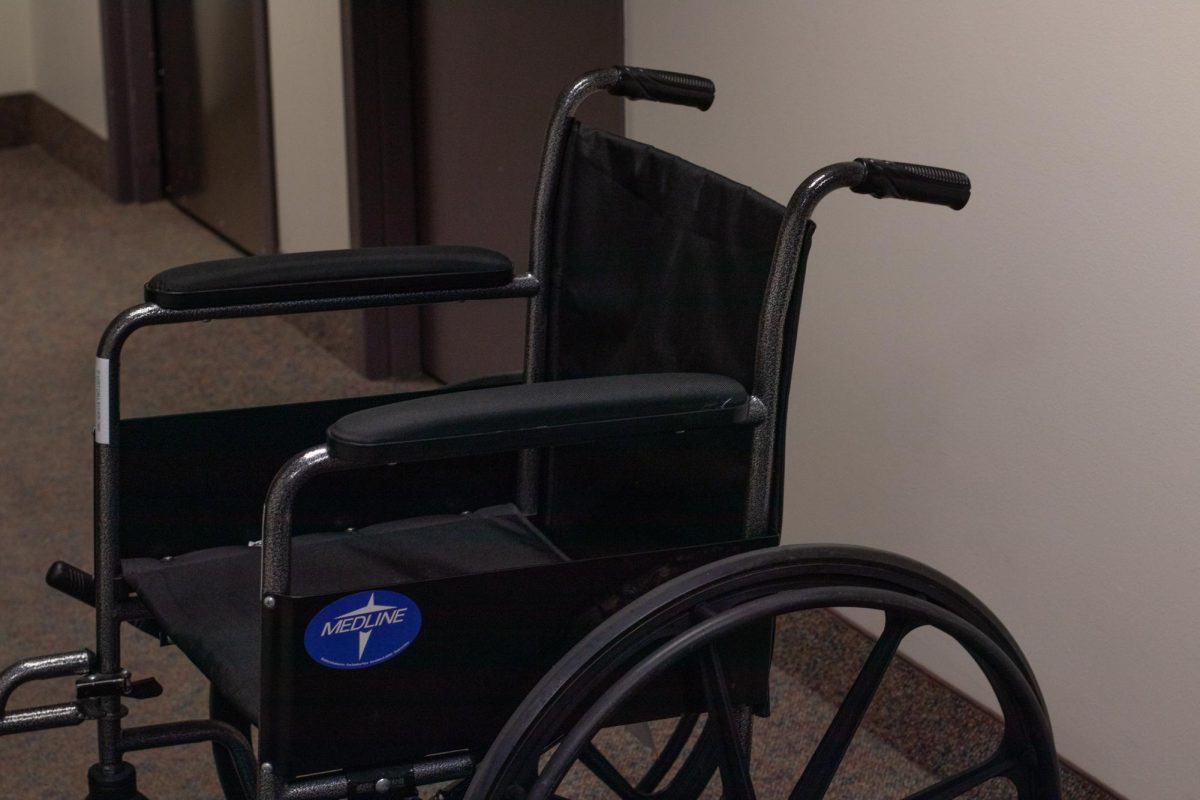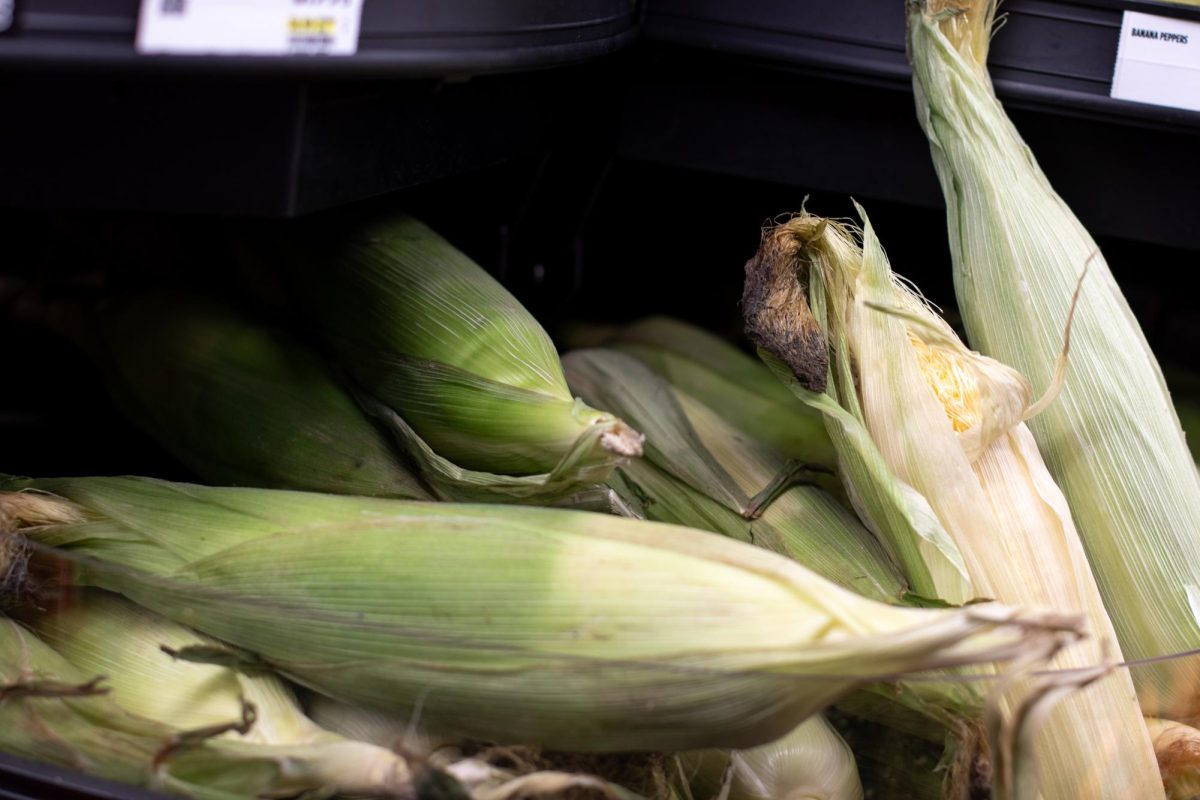The University of Minnesota’s Center for Infectious Disease Research and Policy (CIDRAP) released a comprehensive roadmap that will allow for prompt and efficient responses to outbreaks of the Nipah virus, a highly fatal disease.
The roadmap outlined strategies to lessen the impact of the Nipah virus by prioritizing research, improving virus surveillance and strengthening preparedness for future outbreaks.
CIDRAP Director Dr. Michael Osterholm said work on the roadmap began in 2015 following breakouts of infectious diseases like Ebola. He said CIDRAP realized there were few comprehensive strategies to address infectious disease outbreaks.
“Lewis Carroll once said, ‘If you don’t know where you’re going, anywhere will get you there,’” Osterholm said. “That was part of the problem. How can you get these vaccines, diagnostics and drugs if you don’t know what you need, what might work or not work?”
The Nipah virus can be transmitted from animals to humans, human to human or through contaminated food, according to the World Health Organization (WHO). Infection causes a range of symptoms from none to acute respiratory infection and inflammation of the brain.
The Nipah virus has fatality rates varying between 40% and 100% in documented outbreaks, according to a research paper about the roadmap. Currently, no treatments or licensed vaccines are available to prevent and manage the Nipah virus.
Dr. Kristine Moore, the research paper’s lead author, said the initial goal in 2015 was to develop roadmaps for high-priority pathogens with epidemic potential. However, the outbreak of the COVID-19 pandemic in 2020 caused a shift in priority, with work on the Nipah roadmap being postponed until the paper’s task force reconvened a year and a half ago.
Moore said the task force, made up of individuals from around the world, extensively revised the roadmap draft they began before 2020 based upon new information and accomplishments within the previous five years.
The roadmap provides a six-year framework, beginning in 2024, and outlines significant gaps in research. It stresses the need for increased understanding of the virus, how it is transmitted and the needed development of new therapies and vaccines.
This roadmap provides an update to a similar advanced draft of a research and development roadmap, published by the WHO in January 2019. The update is based primarily on scientific literature published in the last five years and the consensus opinion of experts on the subject, according to the research paper.
“You really have to find every single little piece of information that is in the scientific or public domains that address this issue, and then factor into, ‘What does that mean? What does it take to get a vaccine that’s highly effective? What are the roadblocks? What is it we don’t know?’” Osterholm said.
According to the roadmap, strengthening global and local monitoring of the virus will be crucial to establishing and executing effective responses to future outbreaks. The roadmap also calls for improved preventative measures, such as increased public health education to curb transmission, especially in high-risk areas.
The roadmap says to achieve these objectives, it is crucial to enhance funding and foster international collaboration to support research, manage outbreak responses and implement effective prevention and control measures.
The 2019 WHO roadmap aimed to accelerate the development of medical countermeasures like diagnostics, therapeutics and vaccines to improve responses to outbreaks of Nipah, according to the research paper.
Osterholm said the Wellcome Trust funded the development of this roadmap and others like it following worldwide infections of viruses like Ebola, Lassa Fever and Nipah.
Dr. Beth Thielen, an assistant professor in the University’s Pediatric Infectious Diseases Division, said roadmaps are beneficial because they raise awareness of the dangers of infectious diseases, particularly in the United States.
“With travel and changing climate factors and migration, all of these things, these diseases that maybe some folks might think are very geographically restricted can end up having global impacts,” Thielen said.
Thielen, also a practicing infectious diseases physician, said patients come to her not knowing exactly what they have. She said it is helpful for physicians to have roadmaps that may outline certain disease symptoms, allowing them to treat infectious diseases before an outbreak occurs.
According to Osterholm, CIDRAP worked with more than 100 global experts to develop detailed plans for what it would take to get better vaccines, diagnostics and drugs. This roadmap, as well as a similar roadmap on Lassa Fever, is the culmination of that work.
Though the roadmap was informed using scientific literature, it is the result of many sources, Osterholm said.
Moore said the success of research like this requires the input of experts. She added that another strength of developed roadmaps is they provide a time-bound framework that future researchers can look back to for reference.
“If the roadmap is used, people can use it to benchmark their work against and also to decide what are the priorities going forward?” Moore said.














